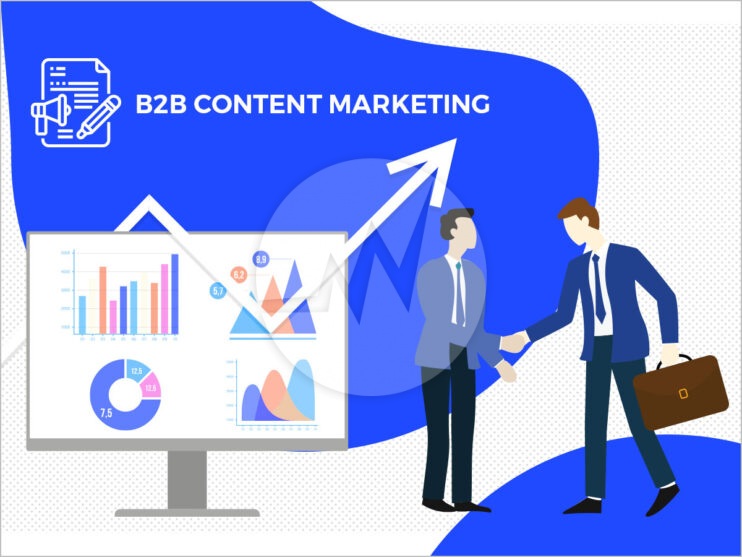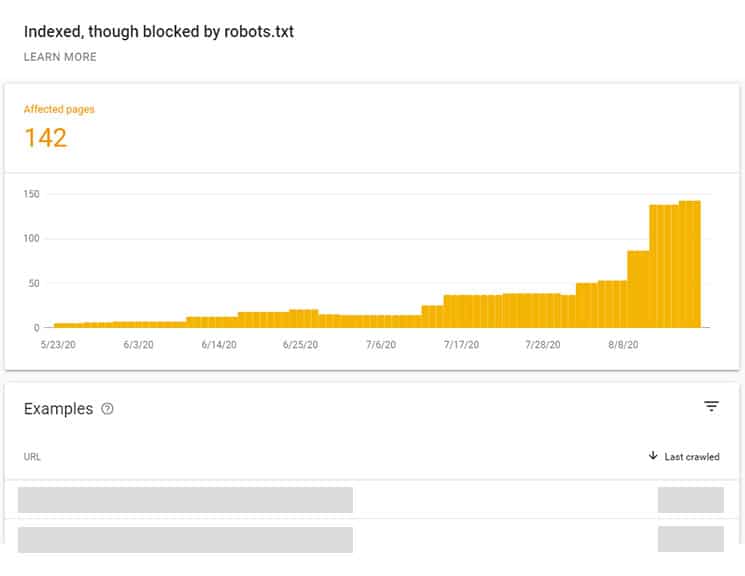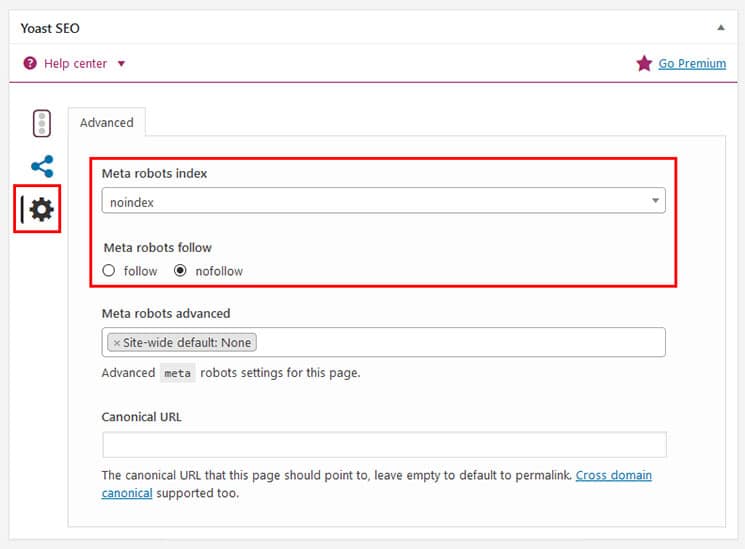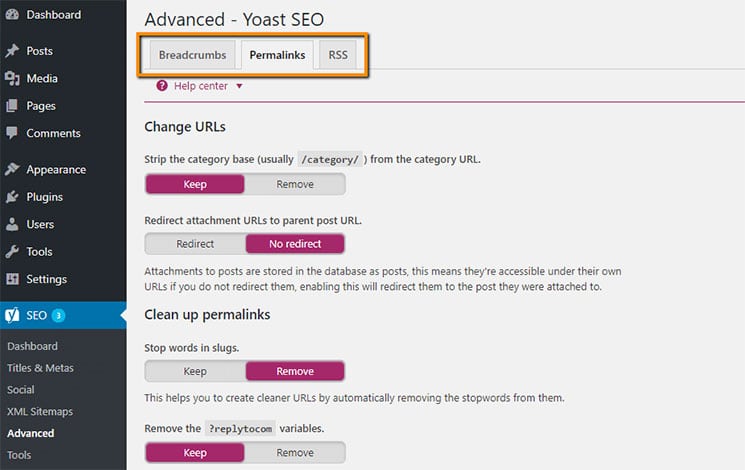Top 10 Tips for International SEO!
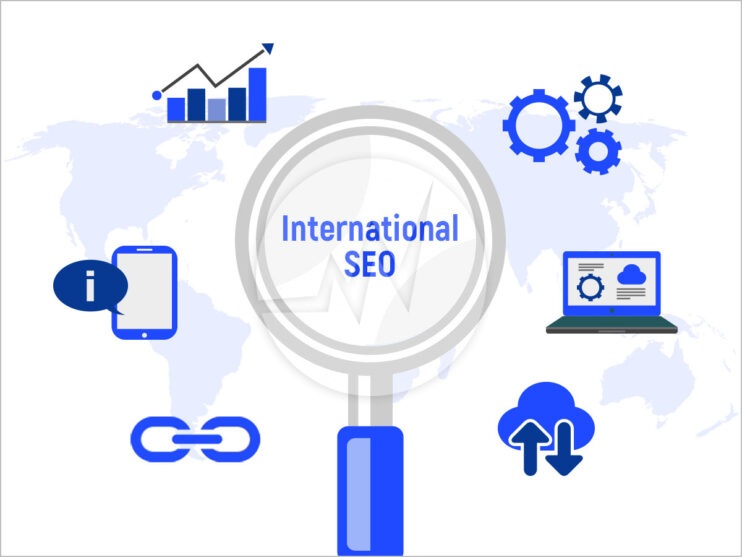
In international SEO, your global websites shouldn’t just be a “copied and pasted” version of your home country website in different languages, although many businesses make this mistake. While translating and localizing content is an essential first step, you also need to optimize each website for the local audience. This includes customizing news, offers, and user experience for each country. Even high-performing content may need additional editing and tweaking for different markets. As you focus on tailoring your websites to each location, it’s essential to keep an eye on overall performance.
International SEO is a powerful strategy for reaching global audiences and expanding your business’s online presence. But what is international SEO? It involves optimizing your website to rank well in search engines across different countries and languages. An international SEO agency can provide expert guidance and support in implementing an effective international SEO strategy. These international SEO services ensure your websites are optimized to engage local audiences and perform well globally.
To take full advantage of international SEO, consider working with an international SEO consultant or agency. They can provide you with specialized international SEO tips and strategies that go beyond traditional SEO practices. From localized content optimization to monitoring your global performance, these services are designed to help you reach new markets. Explore our international SEO service options and discover how to boost your global reach.
Additionally, check out our guide on SEO Myths And Facts to ensure you follow best practices for successful international SEO implementation.
Tips for international SEO
1. Should you go global and what exactly is your market like?
If you are unsure of the opportunities in different countries, it is always a good idea to check out some market reports, statistics, and even your own website data.
Here is some information to help you decide or prioritize the countries/markets to search for.
Government and trade organizations websites provide the latest international business and trade news and statistics.
Many companies offer internet-related reports and statistics. There are also numerous websites with information on specific countries.
Your own analytics data. Do you see anyone from other countries visiting your site? Is there a country that sends more traffic to your website than others? It’s worth paying attention to, especially if some of them are already converting.
2. Do you need a site for each country?
If the market is big enough, it definitely is. Not only for SEO reasons, but also to provide a better user experience for local visitors, it is always better to have a separate website for each of your target countries. However, this may not be a viable option for you, at least not to begin with. In this case, you will have a website for each language spoken in your target country.
3. Which domain should you have – ccTLD or gTLD?
When you asked this question in 2008, answer has always been to go with a ccTLD. The reality is that not everyone can have this option for various reasons. In 2018, this has less of an impact on your SEO performance than the search engines. You also have other options for specifically geolocating the websites with Google.
4. What type of hosting should you get?
The website host’s location was one of the important signals for international SEO related to geo target. However, it is no longer so important that we have other ways to correctly display your website’s target market to search engines and regionally managed CDNs. The host location has a huge impact on page speed. Make sure that your site is quickly accessible in the target countries.
5. Have you observed the safety regulations in the respective country?
Every company is obliged to have electrical devices and machines, equipment and electrical systems checked at regular intervals. Occupational and operational safety are two essential principles for avoiding accidents and can be relevant for international SEO, depending on the selected target country and planned logistics. For example, if you operate a distribution warehouse abroad / in the respective country: If there is an accident at work, the certified results of the e-checks are decisive for the insurance to cover the costs.
Secure e-checks: employees work in accordance with ISO 9001: 2015
Both the testing of electrical systems and the testing of portable electrical equipment serve the early detection and elimination of wear and its consequences. Structurally regulated work processes, strict quality management and core competence ensure satisfied customers and legally secure results with a certificate.
The medium-sized company uses state-of-the-art technology and finds possible weak points, impending wear and tear and repair needs. Even if the test reveals a small deficiency, the client has the chance to receive the important certificate. Because the company’s employees can carry out the repairs directly on site and thus create the basis for passing the e-test. It is obvious that such a requirement entails monetary losses and operational downtimes and is an indicator for having the e-check carried out by a specialist in good time.
6. Google or not Google?
While Google is by far the most widely used search engine in the world, some countries have local search engines that are far more popular than Google. If your destination country is one of the countries which most widely used local search engine, you will need to be extra careful when monitoring these local locations and doing any additional optimization work.
7. Plan resources
One of the biggest challenges facing most global website companies, is finding local resources. Nobody has the luxury of having unlimited resources in every target country, and this can become a major bottleneck, especially since SEO is not a “one-time” project but requires continuous effort. The key is to plan ahead of time the distribution of tasks and responsibilities between headquarters and local offices:
Technical resources: IT and web operations
Language resources: Localization and optimization of content
Website data analysis: Reporting and discovering SEO opportunities
At this point, you may not have offices or representatives in other countries or resources available in local offices. In these cases, you have to consider whether you want to hire one or more external resources.
8. Research
An international SEO process should start with some initial research to validate the starting point and potential for each international market. This is a great way to prioritize and set your goal.
Your current international organic search status:
The first step is to find out the current visibility, traffic, conversions, and conversion rate of your international organic search by answering the following questions:
- What other countries and languages already have organic search visibility and traffic?
- How big is the volume and the trend of the visibility of the organic search and the hits from the individual countries and languages over time?
- What keywords and pages generated search visibility and traffic for each of the best identified international markets?
- What is the organic search click-through rate and the conversion rate of visitors from the most important international markets?
- What sales volume and what trend are these international markets recording?
9. Targeting
In which countries is the organic search volume of relevant and relatively competitive keywords sufficient to offset your SEO efforts? Select these to set priorities in your international SEO process. If you have found that the organic search volume is insufficient for a particular country, you can first select the language. While this is not ideal as each version should be as targeted as possible for the audience, if you have found that traffic is too low when you rate each country individually, it is much higher when you target its language.
10. Optimization
After you’ve chosen the international web targeting you want and the type of structure to use, you need to tweak it to make sure it’s crawled, indexed, relevant, and provide the targeting signals you want to avoid misalignment in search results.
Crawlability and Indexability:
Since each of your international web versions must be crawlable and indexable, they must be listed in their own URLs in the appropriate web structure and must not use scripts or cookies that do not allow search engines to index the content correctly.
Relevance:
It is essential to translate or localize the various elements of the pages of each of your international versions using the keywords and phrases you identified during the initial research (if the country was selected). These elements include headings, URLs, meta tags, information, ratings, prices, contact details, etc.
If you are looking for the opportunity to boost your web presence to an international audience, international SEO would be a good choice. Do you need any help regarding your website’s SEO? We are happy to assist you. If you are looking for a website SEO, website analytics, digital marketing service and more, please explore our SEO Services! We are also providing regular website maintenance and support services. For more information, please explore our website maintenance services!




